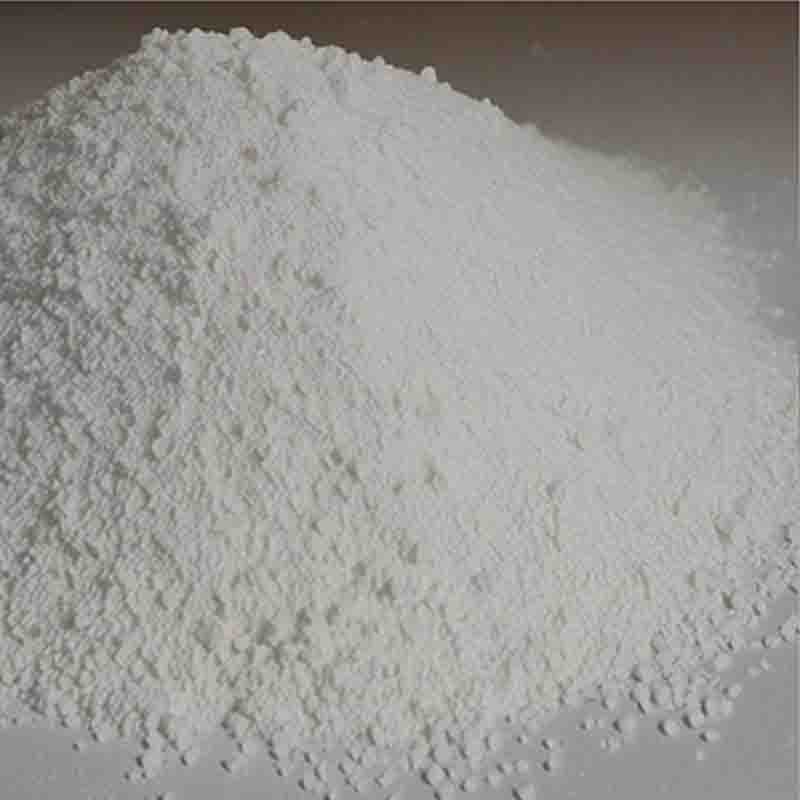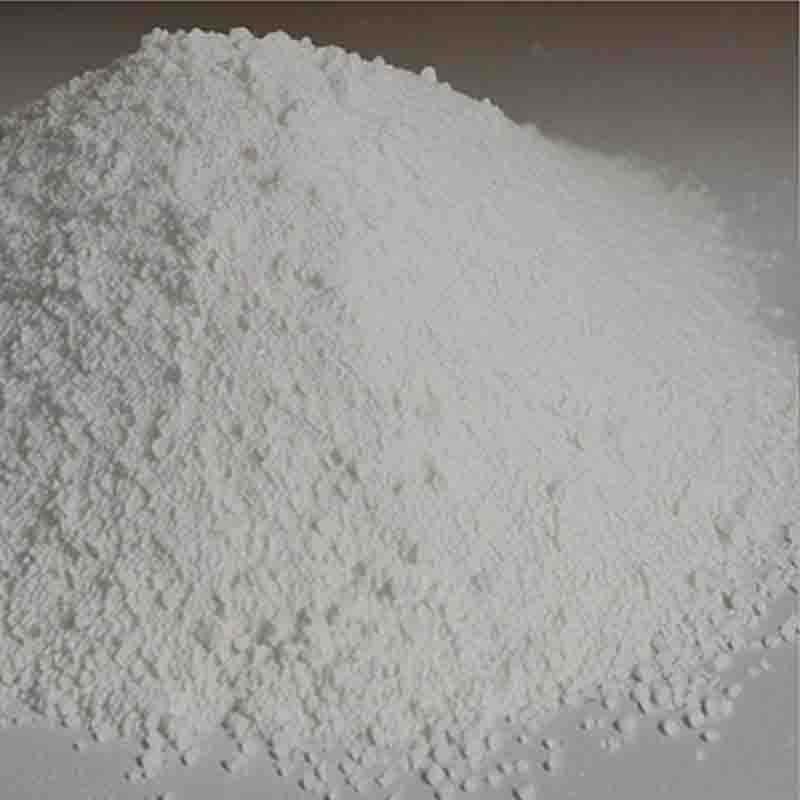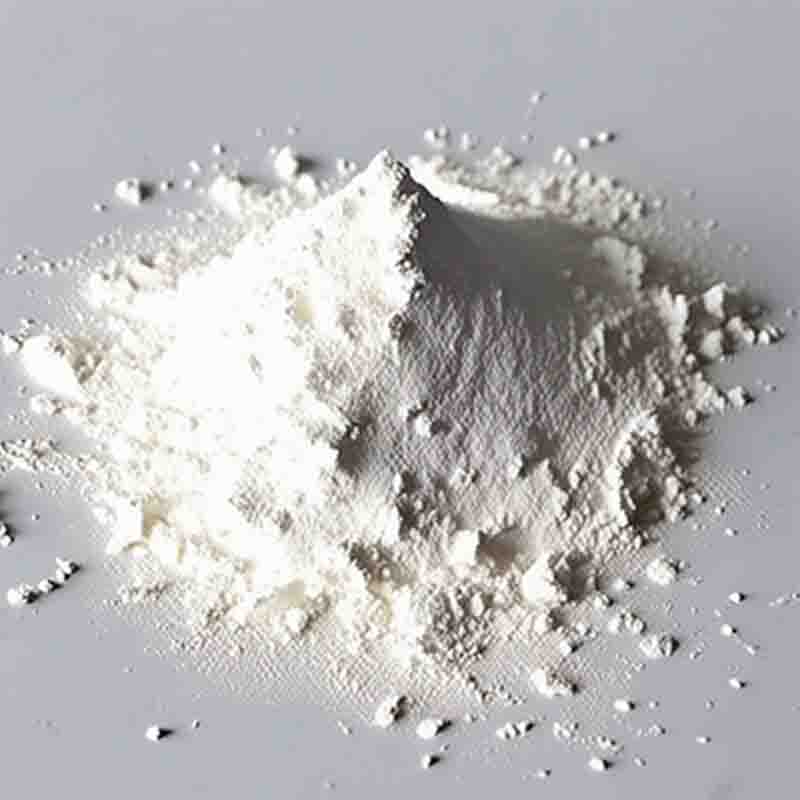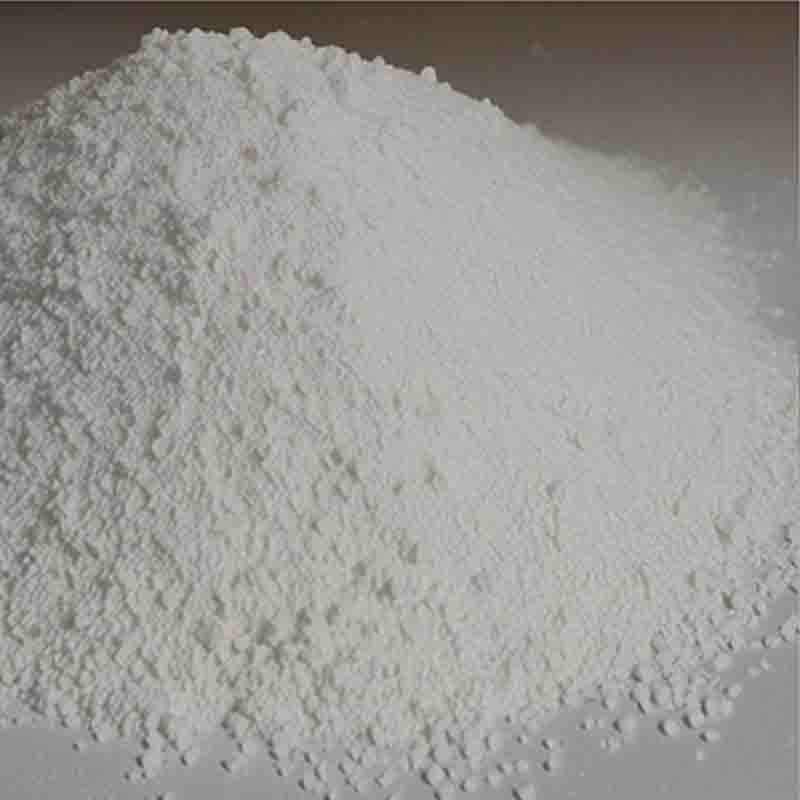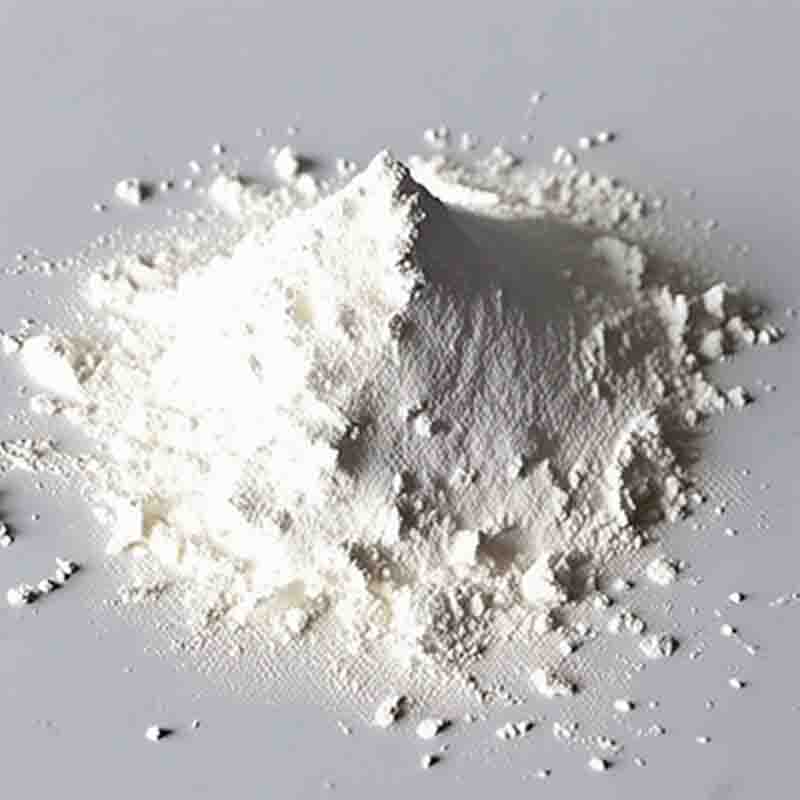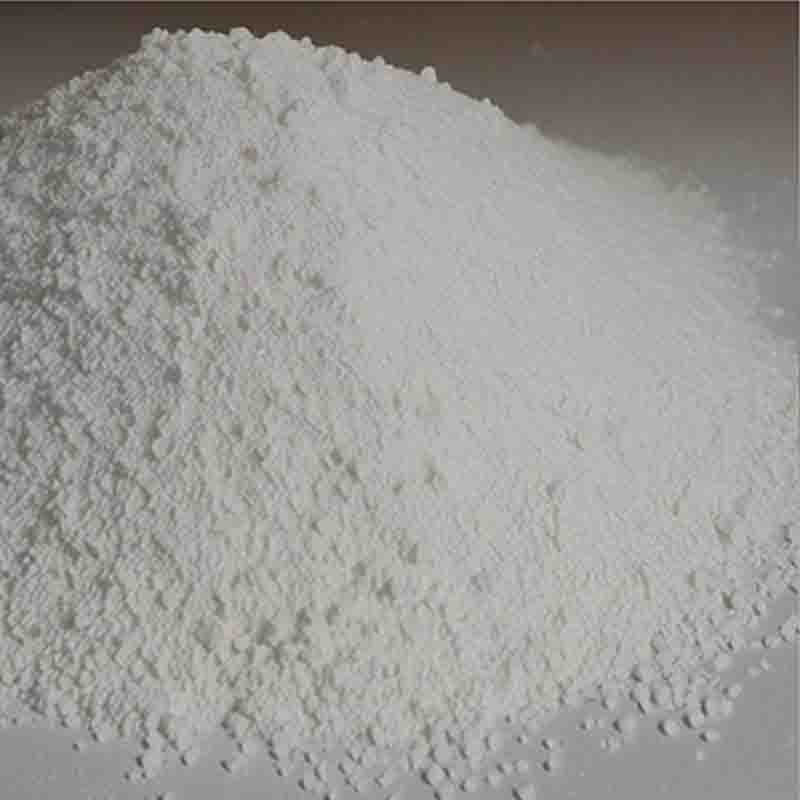Lead iodide CAS: 10101-63-0
| Catalog Number | XD94146 |
| Product Name | Lead iodide |
| CAS | 10101-63-0 |
| Molecular Formula | I2Pb |
| Molecular Weight | 461.01 |
| Storage Details | Ambient |
Product Specification
| Appearance | White powder |
| Assay | 99% min |
Lead iodide, also known as lead(II) iodide or plumbous iodide, is an inorganic compound with the chemical formula PbI2. It is a bright yellow solid that has several important applications in various fields, including electronics, optoelectronics, and photovoltaics.One of the primary uses of lead iodide is in the field of electronics, particularly as a semiconductor material. Its unique crystalline structure and bandgap make it a suitable candidate for applications in diodes, transistors, and other electronic devices. Lead iodide is often used as a component in the fabrication of thin-film transistors (TFTs), where it acts as a channel material to enable the flow of electrical current.Lead iodide also finds application in optoelectronics, specifically in the manufacturing of light-emitting diodes (LEDs). When lead iodide is doped with appropriate impurities, it can emit light in the visible range. These LEDs are widely used in various electronic devices, including displays, indicators, and lighting fixtures, due to their energy-efficiency, long lifespan, and color-tunability.Another significant application of lead iodide is in photovoltaics or solar cells. Lead iodide-based perovskite solar cells have gained considerable attention in recent years due to their high efficiency and low-cost fabrication. These solar cells utilize a hybrid organic-inorganic lead iodide material, such as methylammonium lead iodide (MAPI), as the light-absorbing layer. The unique semiconducting properties of lead iodide enable the efficient conversion of sunlight into electricity.Beyond electronics and energy, lead iodide also has applications in other areas. It is used in the synthesis of various chemical compounds, including pharmaceuticals and pigments. Additionally, lead iodide has applications in the field of crystallography, where it is used as a reagent for growing single crystals for structural analysis and other research purposes.It is worth noting that lead compounds, including lead iodide, should be handled with caution due to their potential toxicity. Proper safety precautions should be taken when working with lead iodide to prevent inhalation or ingestion.In summary, lead iodide is a versatile compound with diverse applications in electronics, optoelectronics, and photovoltaics. Its unique properties make it suitable for use as a semiconductor material in electronic devices, a light-emitting material in LEDs, and a light-absorbing material in solar cells. Ongoing research and development in lead iodide-based materials continue to explore and improve its applications in various fields.




